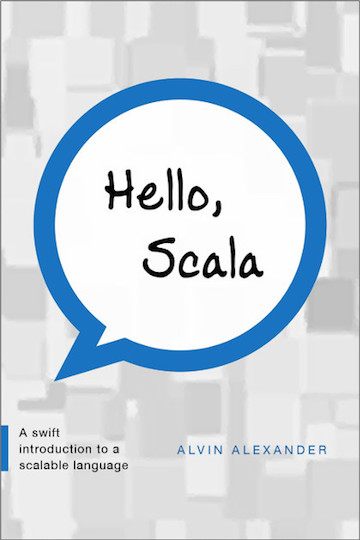As a note to self, I used code like this in a Scala + JavaFX application to add a ContextMenu to a TableView:
defaddContextMenuToTableView(
tableView: TableView[Note],
tableViewContextMenu: ContextMenu,
addNoteMenuItem: MenuItem,
deleteNoteMenuItem: MenuItem,
) = {
tableViewContextMenu.getItems().add(addNoteMenuItem)
tableViewContextMenu.getItems().add(deleteNoteMenuItem)
tableView.addEventHandler(MouseEvent.MOUSE_CLICKED, new EventHandler[MouseEvent]() {
override def handle(mouseEvent: MouseEvent): Unit = {
if (mouseEvent.getButton == MouseButton.SECONDARY) {
tableViewContextMenu.show(tableView, mouseEvent.getScreenX, mouseEvent.getScreenY)
}
}
})
}
There wasn’t anything special about the buttons, they were regular JavaFX Buttons:
val addNoteButton = new Button("add note")
val deleteNoteButton = new Button("delete note")
I did this in my Notes application, but later decided not to use a popup menu for this purpose.
